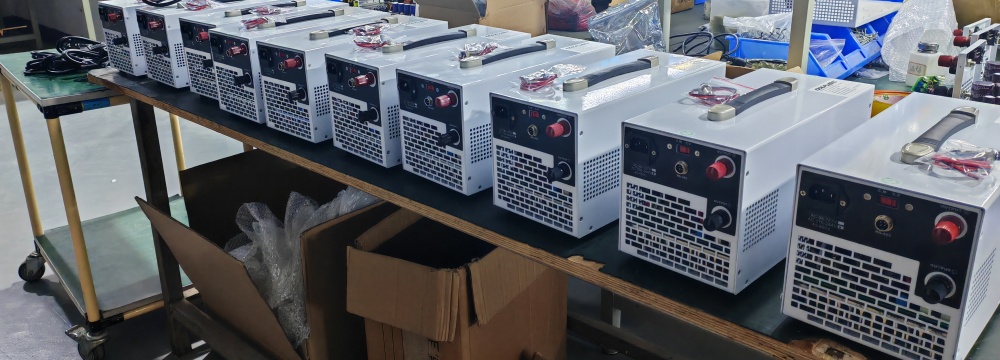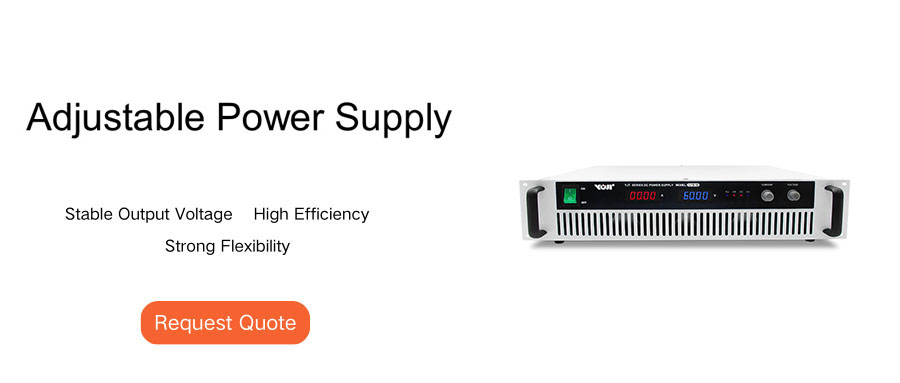Adjustable DC regulated power supply is a common electronic device used to provide stable DC power supply for electronic devices. In daily use, adjustable DC regulated power supply is easy to be damaged. The following will explain the reasons for power supply damage in detail.
Main causes of power supply damage
Current overload
Current overload is one of the common reasons for adjustable DC regulated power supply damage. Current overload may be caused by the current demand of the connected device exceeding the maximum output current of the power supply. When the current exceeds the rated output current of the power supply, the power supply will be overloaded, which may damage the electronic components inside the power supply, such as power tubes, transformers, etc.
Voltage overload
Voltage overload is also one of the common reasons for adjustable DC regulated power supply damage. Voltage overload may be caused by the voltage demand of the connected device exceeding the maximum output voltage of the power supply. When the voltage exceeds the rated output voltage of the power supply, it may cause excessive voltage to be generated at the output end of the power supply, thereby damaging the electronic components inside the power supply.
Short circuit
Short circuit is also one of the common reasons for adjustable DC regulated power supply damage. Short circuit refers to direct contact between two electrodes, causing current to flow directly through the short circuit path, resulting in a sharp increase in the output current of the power supply. When the output current of the power supply exceeds its rated output current, the electronic components inside the power supply may be burned by the excessive current.

Overtemperature
Overtemperature is also one of the reasons for damage to the adjustable DC regulated power supply. When the power supply is overloaded or the working environment temperature is high and the heat dissipation is poor, the temperature inside the power supply will rise. When the temperature exceeds the range that the power supply can withstand, it may cause damage to the electronic components inside the power supply.
Voltage fluctuation
Input voltage fluctuation is also one of the reasons for damage to the adjustable DC regulated power supply. When the input voltage fluctuates or the amplitude exceeds the range that the power supply can withstand, the power supply may not work properly, resulting in damage to the electronic components.
Power supply aging
Power supply aging is also one of the reasons for damage to the adjustable DC regulated power supply. After long-term use, the components inside the power supply may age, including capacitors, transformers, etc. Aging causes the performance of components to deteriorate and easily cause failures. In addition, long-term use may also cause the solder joints inside the power supply to loosen and the power supply performance to be unstable.
Precautions
To avoid damage to the adjustable DC regulated power supply, we can take some precautions. First, make sure that the current and voltage requirements of the connected devices do not exceed the rated output current and voltage of the power supply. Secondly, check the heat dissipation of the power supply regularly to keep the power supply at a suitable working temperature. In addition, pay attention to the stability of the input voltage, use a regulated power supply to avoid excessive voltage fluctuations. In addition, regularly maintain and replace aging components in the power supply to ensure the normal operation of the power supply.
Summary
The main reasons why adjustable DC regulated power supplies are easily damaged in daily use include current overload, voltage overload, short circuit, overtemperature, input voltage fluctuations, power supply aging, etc. During use, users should pay attention to the current and voltage requirements of the equipment, maintain a suitable operating temperature, stable input voltage, and regularly maintain the power supply to extend the service life of the power supply and improve the stability and reliability of the equipment.






